Beginner sock knitting: Sockalong – tension squares, casting on and Sock Stitch Calculation
This post was written as part of the Winwick Mum Sockalong, a series of free tutorials which tell you everything you need to know about how to knit socks for beginners. This post deals with tension (gauge) and the formula to work out how many stitches to cast on for your socks – men, women and children!
If you are looking for the Sock Stitch Calculation, click here! This formula will help you to work out the right size for any size of feet and weight of yarn!
It’s our third pre-Sockalong post … the start date is getting closer!
Hello to everyone who’s already said they’re joining in, and if you’re finding these posts for the first time, it’s not too late. The Sockalong starts on Sunday 3 May so you’ve got time to have a look at the Basic 4ply Socks pattern, choose some yarn and make sure you’ve got some needles.
Today, we’re going to look at how to create a tension or gauge square (also known as a swatch). No, don’t sigh, it’s important that you know about it even if you choose not to do one. I must confess that I’m not the world’s greatest at doing tension squares for myself but I’ve learned that with a new yarn it’s worth taking the time to check my knitting – or I find myself doing a lot of frogging! (Technical term for when your knitting has gone wrong and you have to rip-it, rip-it, rip-it out!)
Let’s start by taking another look at the ball band on the yarn. This the yarn I’m going to be using which I talked about the other day. You can see the symbols panel with the washing instructions and the gauge information quite clearly.
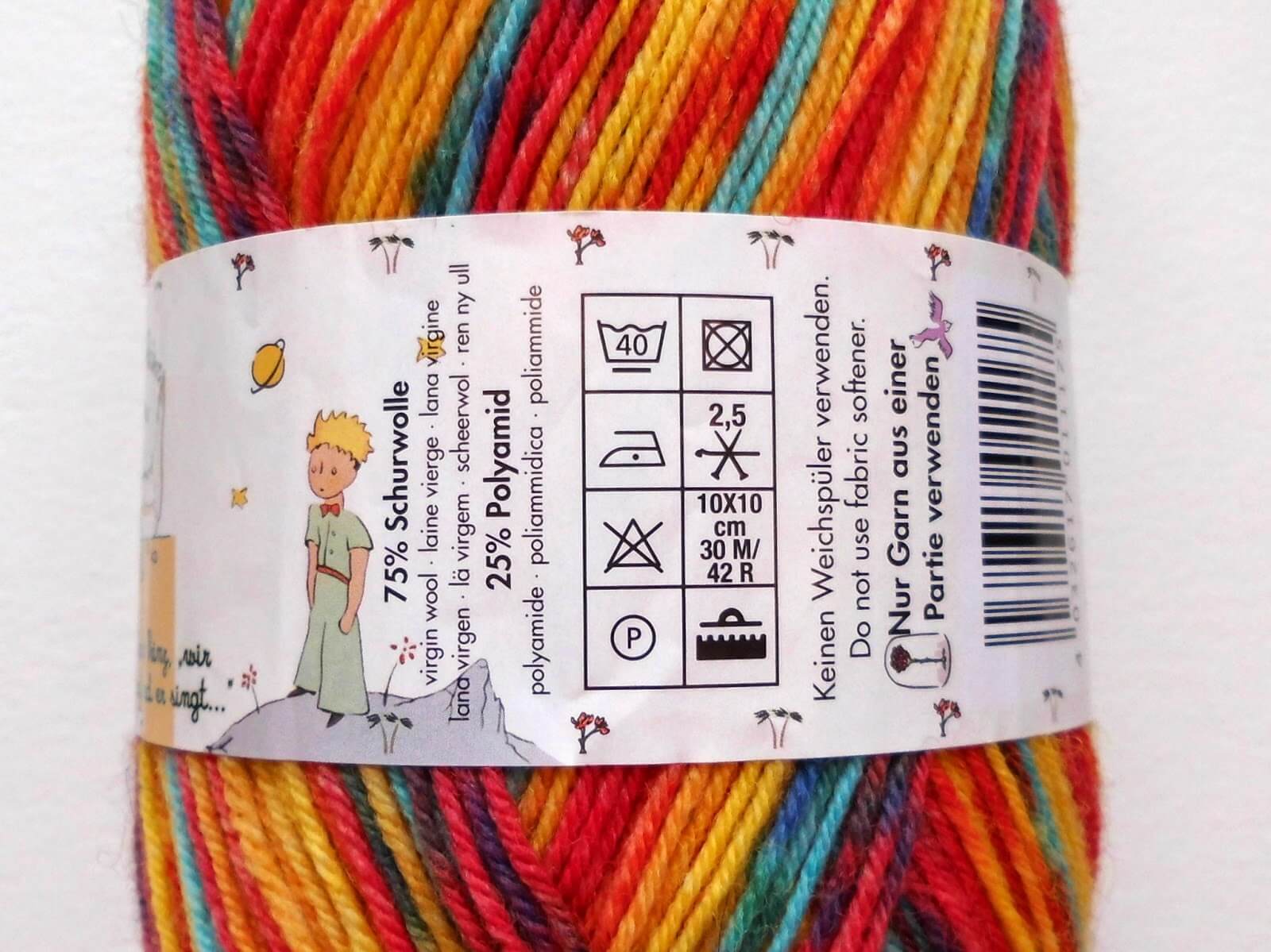
If we take a closer look again then you can see that in the red oval is the recommended needle size – 2.5mm – and underneath that the number of rows and stitches the manufacturer says you should get knitting on 2.5mm needles. Based on a 10 x 10cm (4 x 4 inches) square, you should get 30 stitches (M) and 42 rows (R).

If you know that you will get that number of stitches and rows without checking, then that’s fine and you can put your feet up until the next post. However, if you’ve never knitted with the yarn before or you’re not quite sure, then it’s always best to check. Knitting in the round gives you a different tension to knitting on straight needles so it’s worth taking the time to see exactly what gauge you’re knitting to. Additionally, you can use the number of stitches in your swatch to help you work out how many stitches you will need to cast on for your sock.
For a sock, the most important thing is to know the number of stitches per inch so working out the number of stitches to expect to get in one inch (using the ball band above: 30 stitches ÷ 4 inches = 7.5 stitches) is helpful before you start. It’s not essential to make a huge swatch – just big enough to measure your stitches is fine – but I’m going to show you the process below. Generally, I use 2.5mm needles for any sock yarn even if the ball band suggests differently, and it usually works out at 7-8 stitches per inch.
I’m going to show you the swatching method used by Elizabeth Zimmerman which makes shorter work of the gauge swatch than having to cast on enough stitches to knit a whole sock. In this example, I’m going to cast on 35 stitches to give me a margin at each side of my swatch (remember the ball band says I should be getting 30 stitches to 10 cm?). This will make it easier when I come to measure the stitches.
First things first, you need to cast on, and it’s always best to use the type and size of needles with which you’re going to be knitting your sock then you know exactly how your knitting will work out. For this example, I’m going to show you how to knit the square using DPNs but the process is the same whichever needle you use. There are no hard and fast rules about casting on for socks; you can pretty much use whichever cast-on you like and you might find that you change your mind from sock to sock depending on the pattern you use. My preference is the cable cast-on and I’ll show you how to do it in case you’ve not come across it before, but it really doesn’t matter as long as you cast on the right number of stitches.
Make a loop and slip it over your left needle. Put your right needle into the loop knitwise.
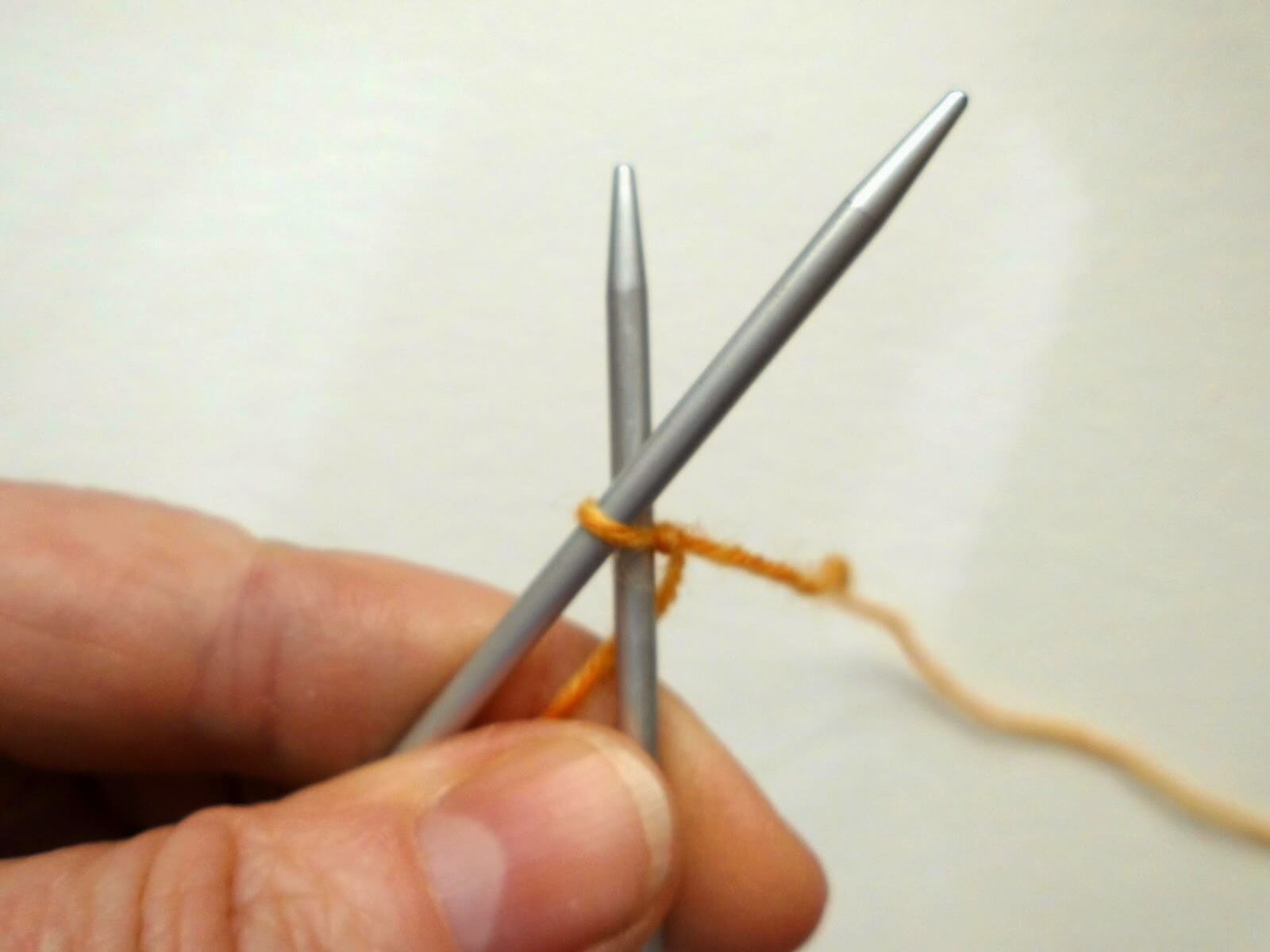
2 Put the yarn over the needle and pull it through as if you were creating a knit stitch, but instead of sliding it off the needle, put it over the end of the left needle to create a second stitch.
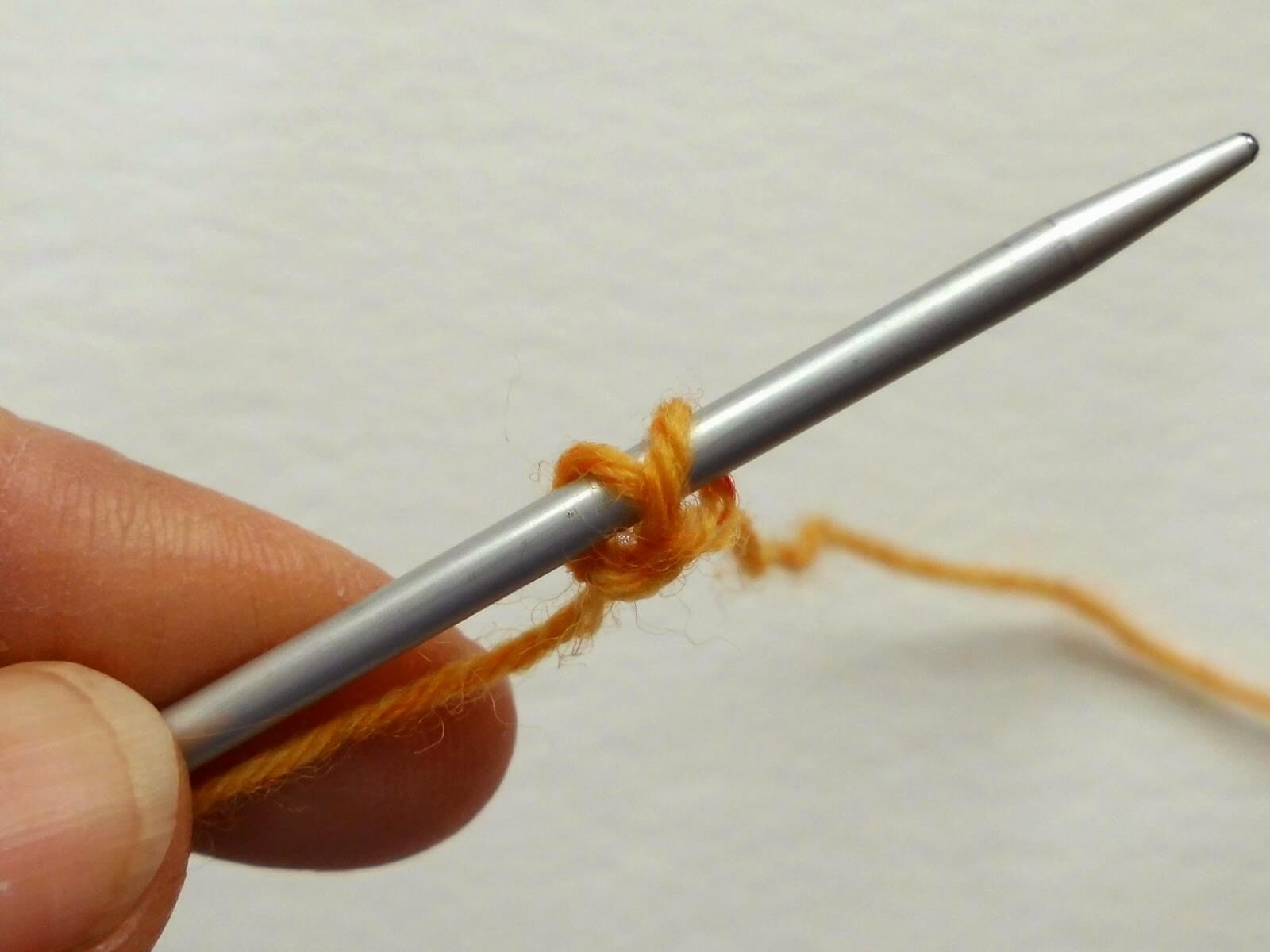
3 Put your right needle between the two stitches and pull the yarn through …
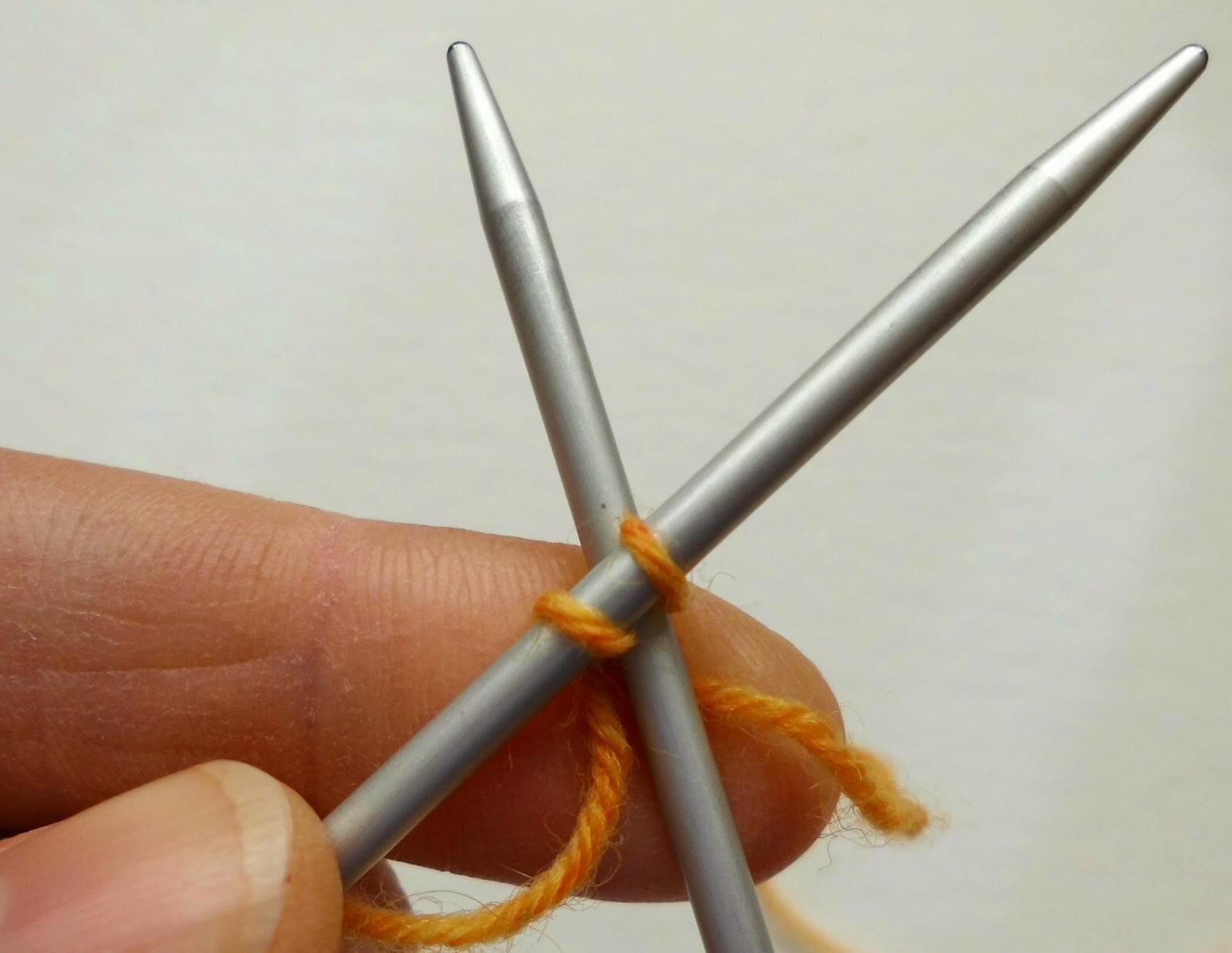
4 … putting the new stitch onto the left hand needle again
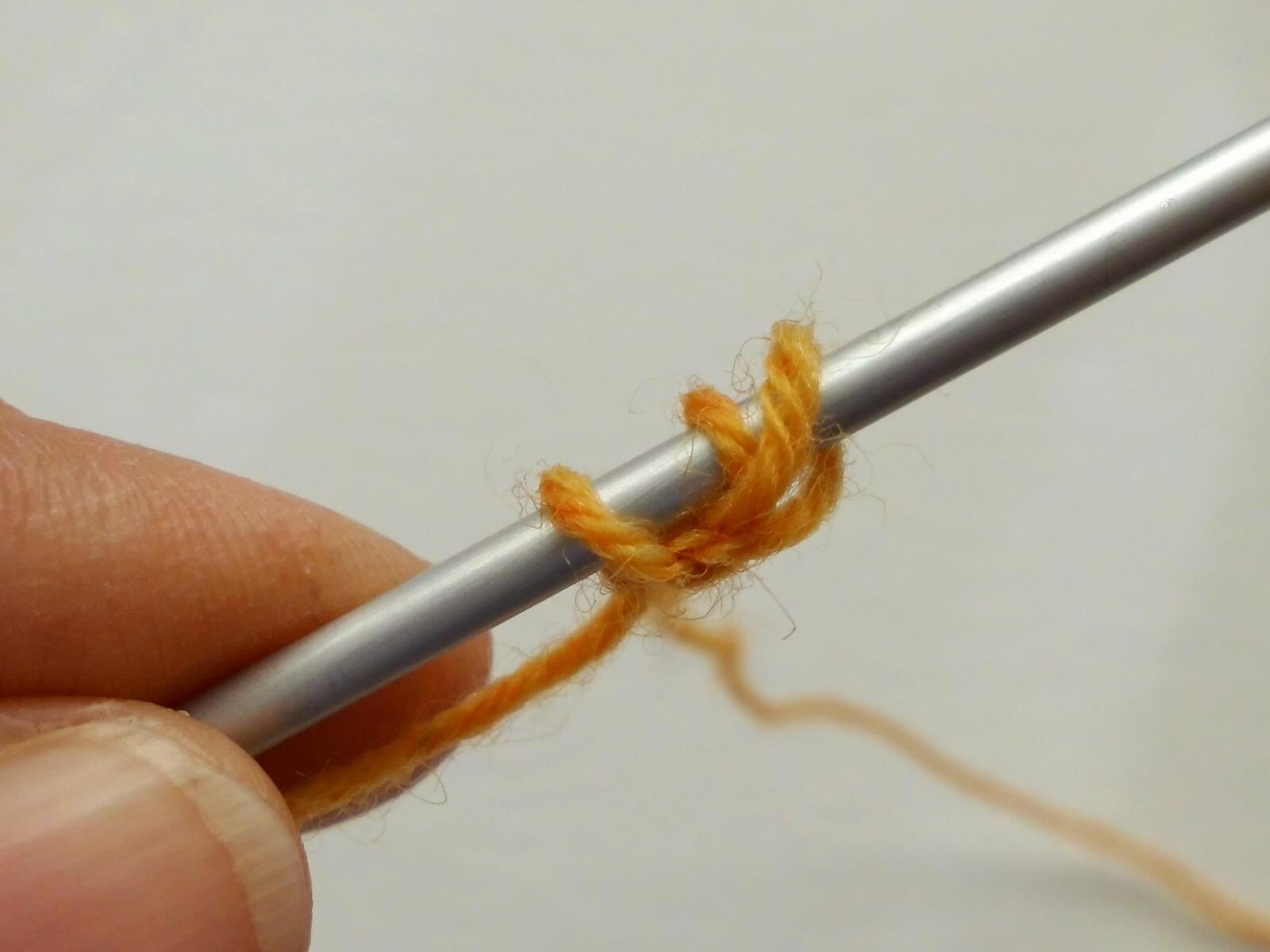
5 Continue until you have the number of stitches you require, remembering not to pull the stitches too tight on your needle.
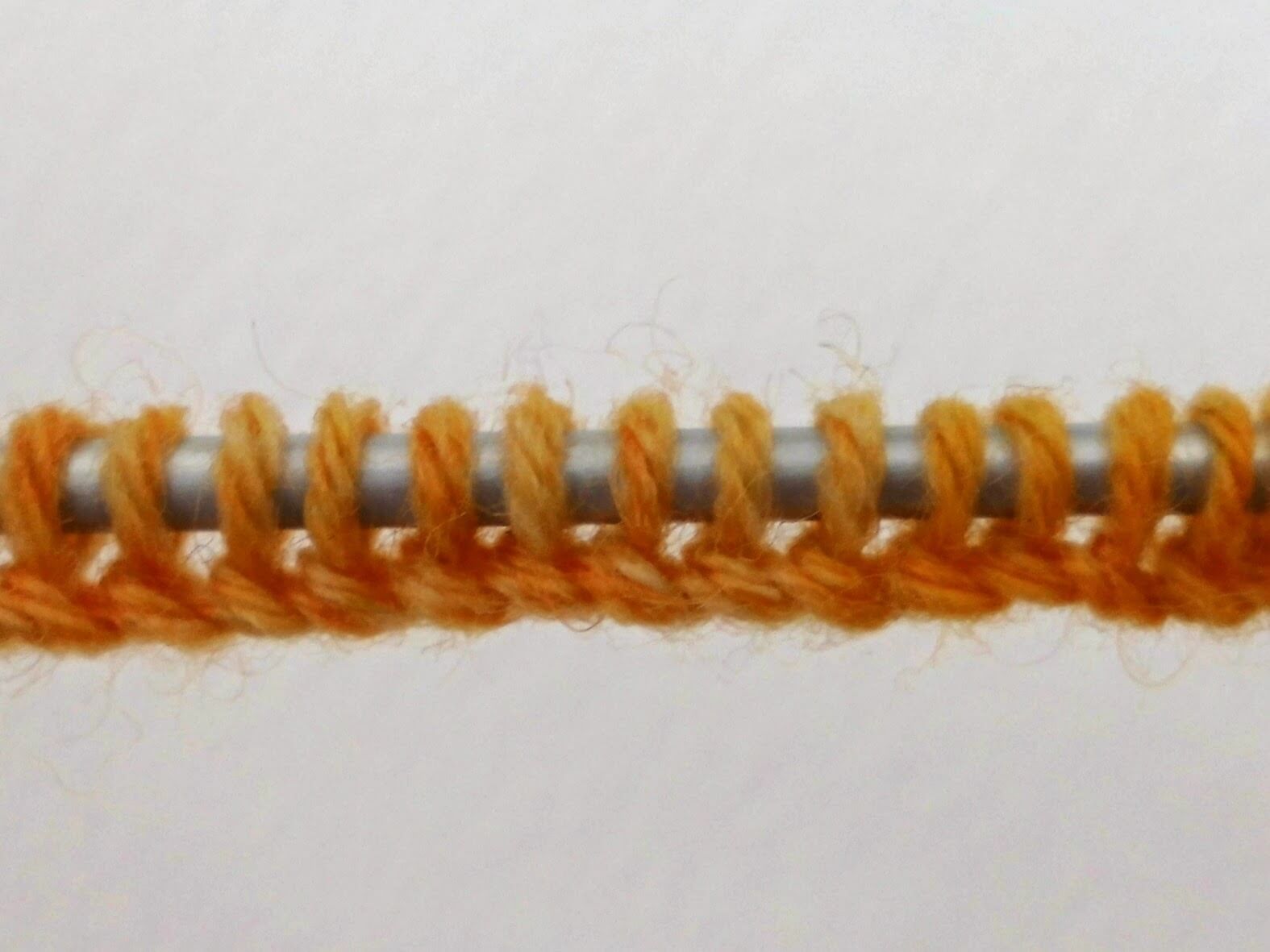
When it comes to your sock, you’ll need to take a view of how tightly you cast on – this might be dependent on the cast-on method you choose. I cast on with a size bigger needle and others cast on over two needles to make sure that you don’t pull the stitches too tight.
Once I’ve cast on the right number of stitches for my swatch, I work two rows of garter stitch (knit both rows). This helps to stop the end of my work rolling up too much.
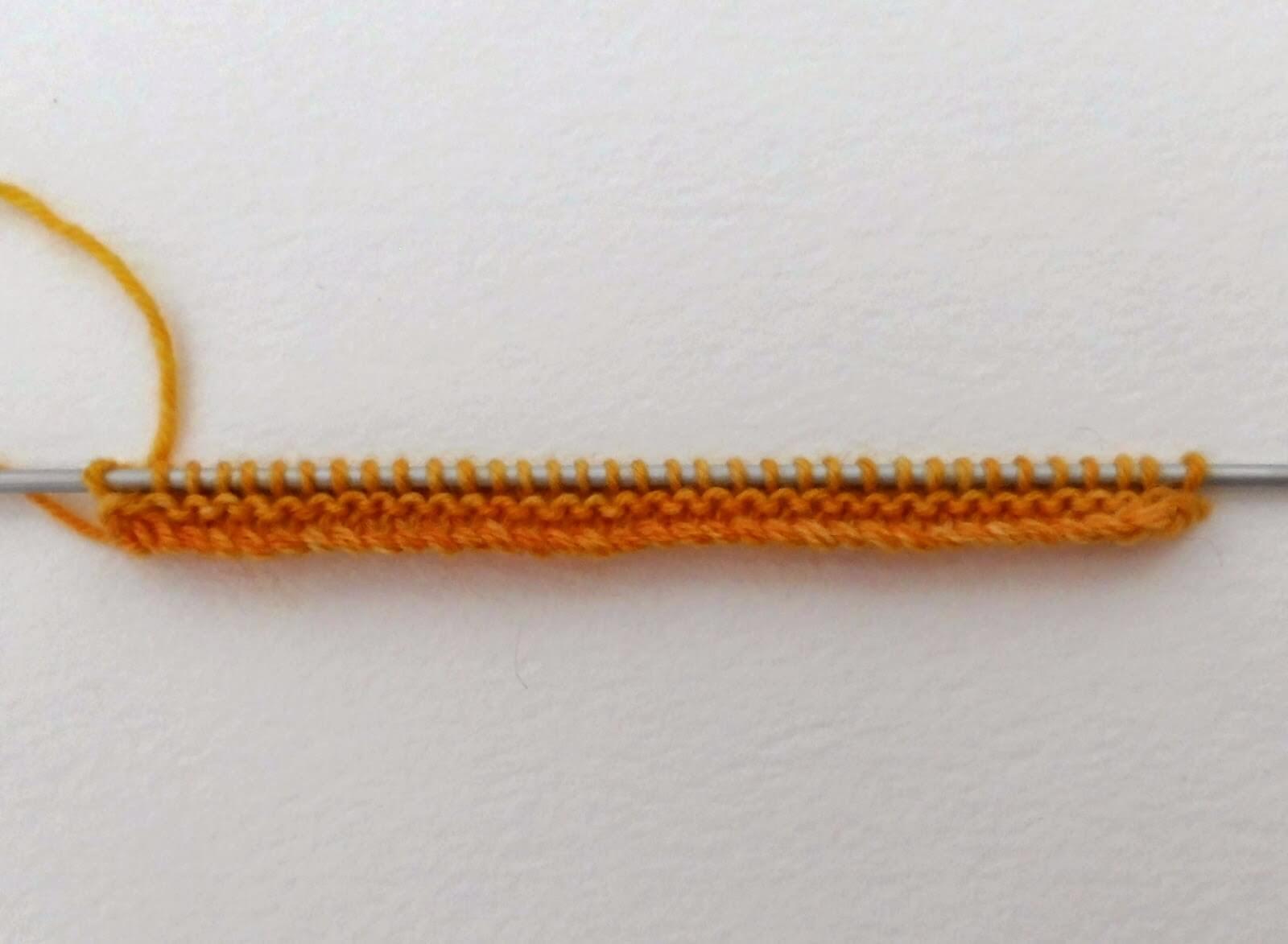
Next row: knit across all the stitches, but instead of turning the work and purling back across the row, leave a long length of yarn, go back to the beginning of the row and knit the row again. This gives the same effect as knitting in the round as you don’t have a purl row.
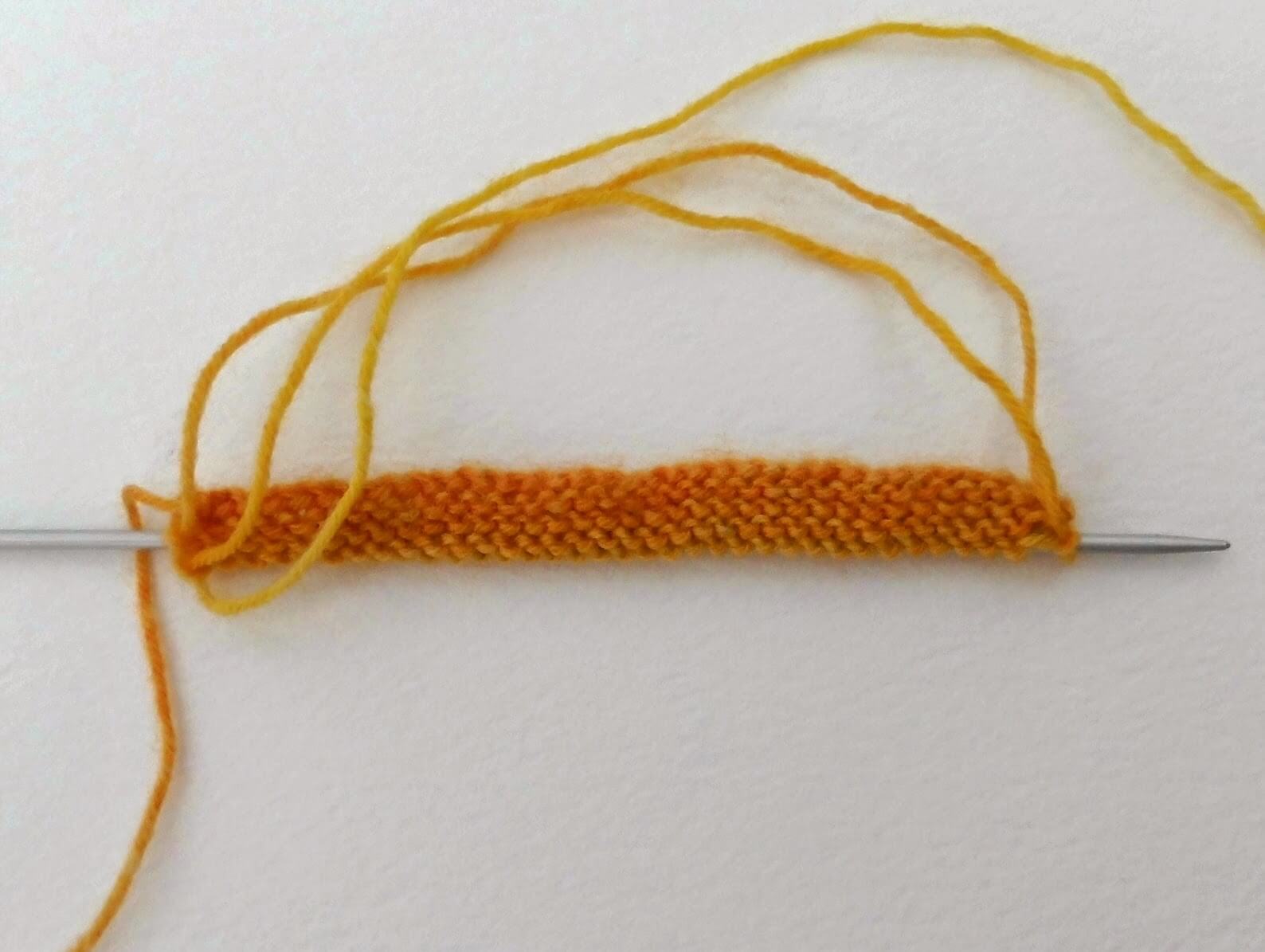
It looks a bit messy on the back but it does the job!
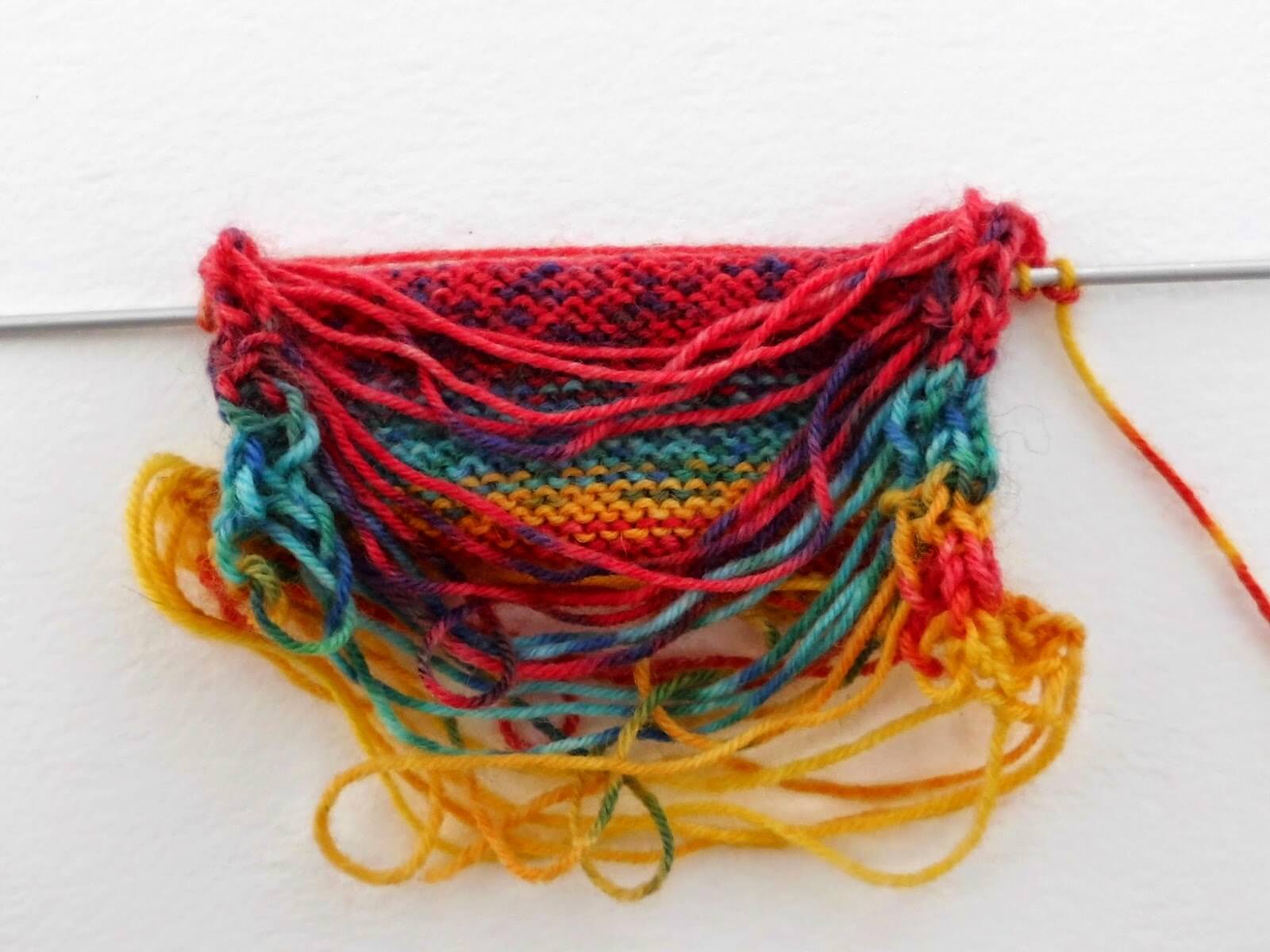
Once you have worked the size of square that you need, you can measure your work. It’s quite acceptable to work less than the required 10cm as long as you do the maths to work out the number of stitches per cm to get the number you should be working to. If the number of stitches in your tension square match those on the ball band, then you’re knitting with the right size needles. If you’ve got more stitches, try going up one size to a bigger needle and if you’ve got less, try going down one size to a smaller needle. If you’re not able to change your needle size, another alternative is to cast on more stitches so that you get the right diameter for your foot; you will need to increase the pattern we’re using by 4 stitches each time.

Some people like to keep their tension squares and collect them to make into blankets, but I never do. Once I know the information I need, I just unravel it and wind it back onto the ball ready to use for my socks.
That’s all there is to it – it’s not hard, is it? My problem is that I’m usually too impatient to get started to want to knit a tension square but experience has taught me that being too impatient to get started often leads to having to start more than once!
Sock Stitch Calculation
Finally before we finish today, let me show you how I use the gauge information to work out the sizing for my socks. If you search the internet, there are plenty of methods for working out the number of stitches you will need, some of them based on foot width and others on calf or ankle size. A good method, which can be adapted to any sock yarn, is this one which takes into account the size of your feet and the tension that you knit to.
The number of stitches that you choose to cast on must always be divisible by 4, so choose the nearest multiple of 4 to the result that you get from your stitch calculation.
Measure around the ball of your foot (in inches) and multiply that measurement by the number of stitches per inch from your swatch.
In my case, it would be 8 (foot measurement) x 8 (stitches per inch) = 64
Next, you need to allow for the negative ease (stretch in the knitted fabric) so take 10% off the total – in my case, 10% of 64 stitches would be 6.4 but it’s easiest to round it up or down to the nearest whole number. This would make the new calculation 64 (original number of stitches) – 6 (10% negative ease) = 58.
Remember that the number of stitches that you cast on needs to be a multiple of 4, so I could cast on either 56 or 60 stitches – I think that 56 would be just bit too tight so I am going to choose to cast on 60 stitches. It’s generally better for your sock fabric to be tighter than, say, for a jumper as that makes it more hard-wearing, but you don’t want it so tight that it pulls across your foot.
In the end, the gauge becomes a matter of preference – some people like tighter socks, others prefer looser socks and as you complete more pairs, you will see which you prefer for yourself. The nice thing about hand-knits is that you can try your socks on at every stage to make sure they are going to fit perfectly.
You can use this calculation for any weight of yarn and the pattern and tutorials will also work with any type of yarn, so there is no limit to the socks you can make!
There is now a video to go with this tutorial – click below!
Next week, we’ll talk about accessories and then the countdown really begins! Don’t forget to ask any questions – it’s helpful for everybody if you’ve thought of something that I’ve not mentioned. Thanks again to everybody who’s going to join in whether you’ve commented or not; it’s great to think that lots of pairs of socks are going to be ongoing at the same time!
These Sockalong tutorials are free and will always remain so, but if you have enjoyed using them and would like to buy me a brew, it will be much appreciated! You can find the donation button on the sidebar on the left hand side. Thank you! xx
Basic 4ply Socks pattern copyright © 2014 Winwick Mum All rights reserved.
Sockalong tutorials copyright © 2015 Winwick Mum All rights reserved.
More Sockalong posts:
Sockalong – accessories and matching yarn
Sockalong – Week 1 – Cast on, cuff and leg
Sockalong – Week 2 – Heel flap, heel turn and gusset
Sockalong – Week 3 – Foot, toe and grafting the toes
Sockalong Basic 4ply Socks pattern
Facebook Sockalong group for help, advice and encouragement


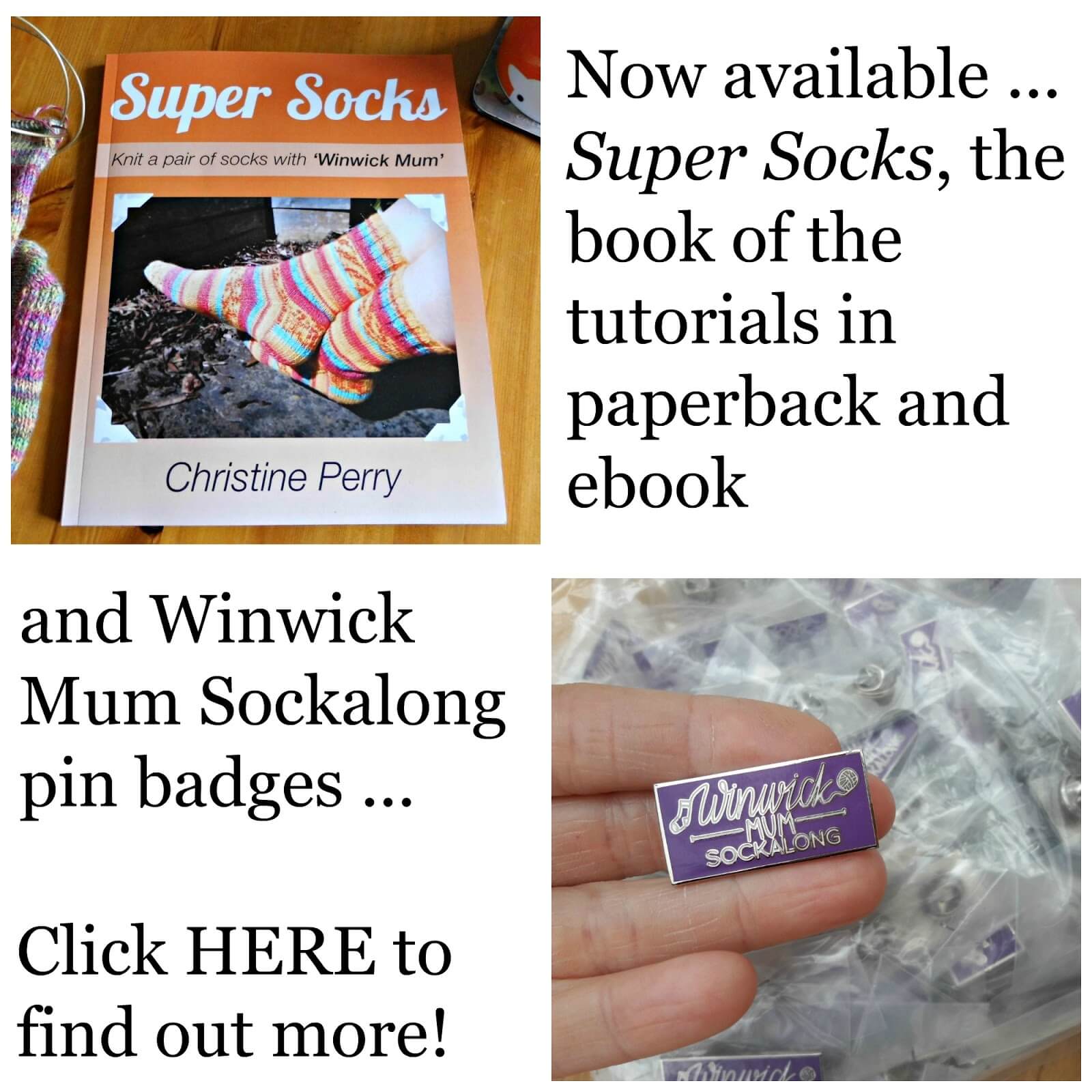
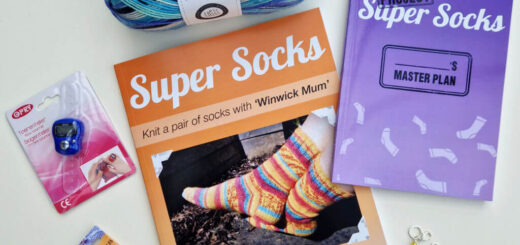

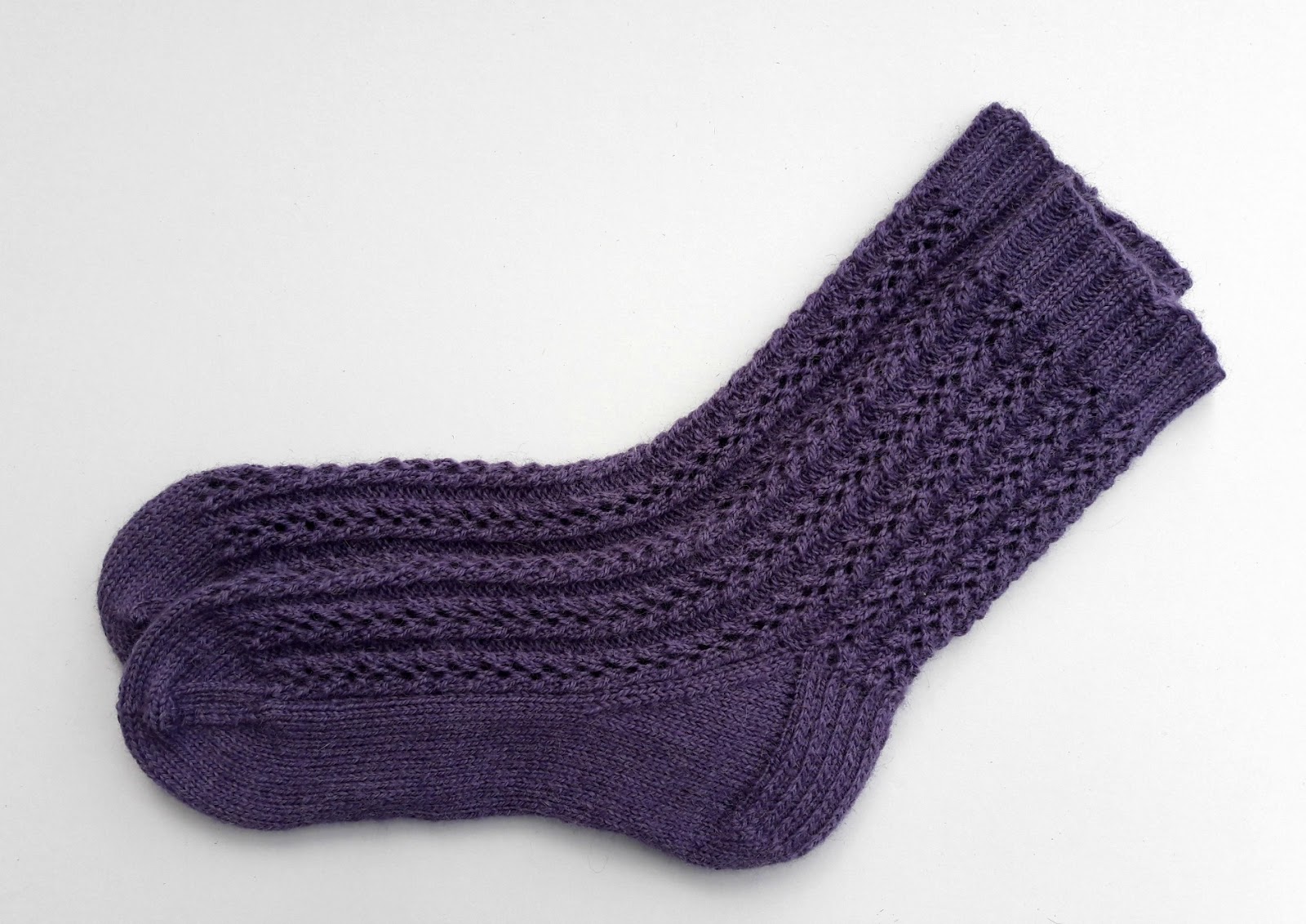
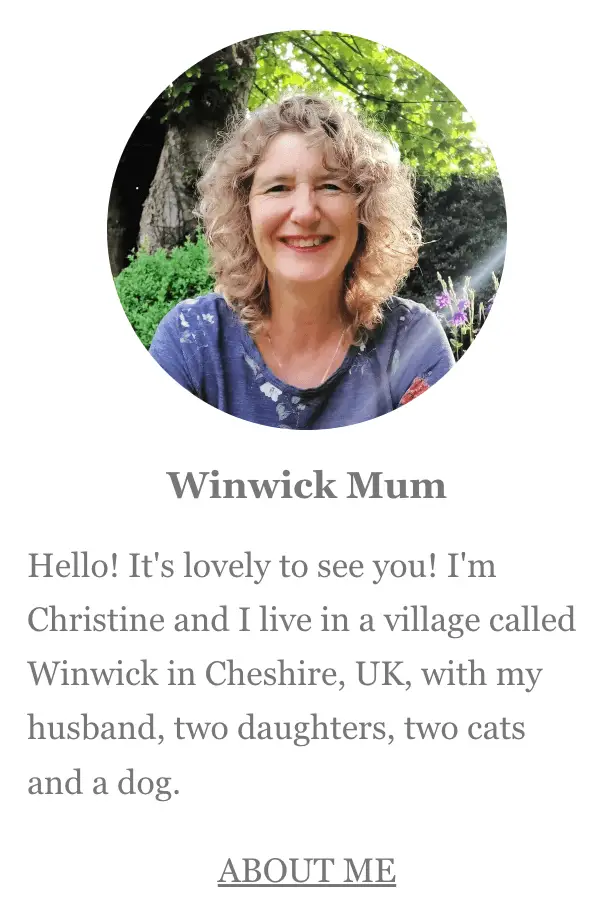

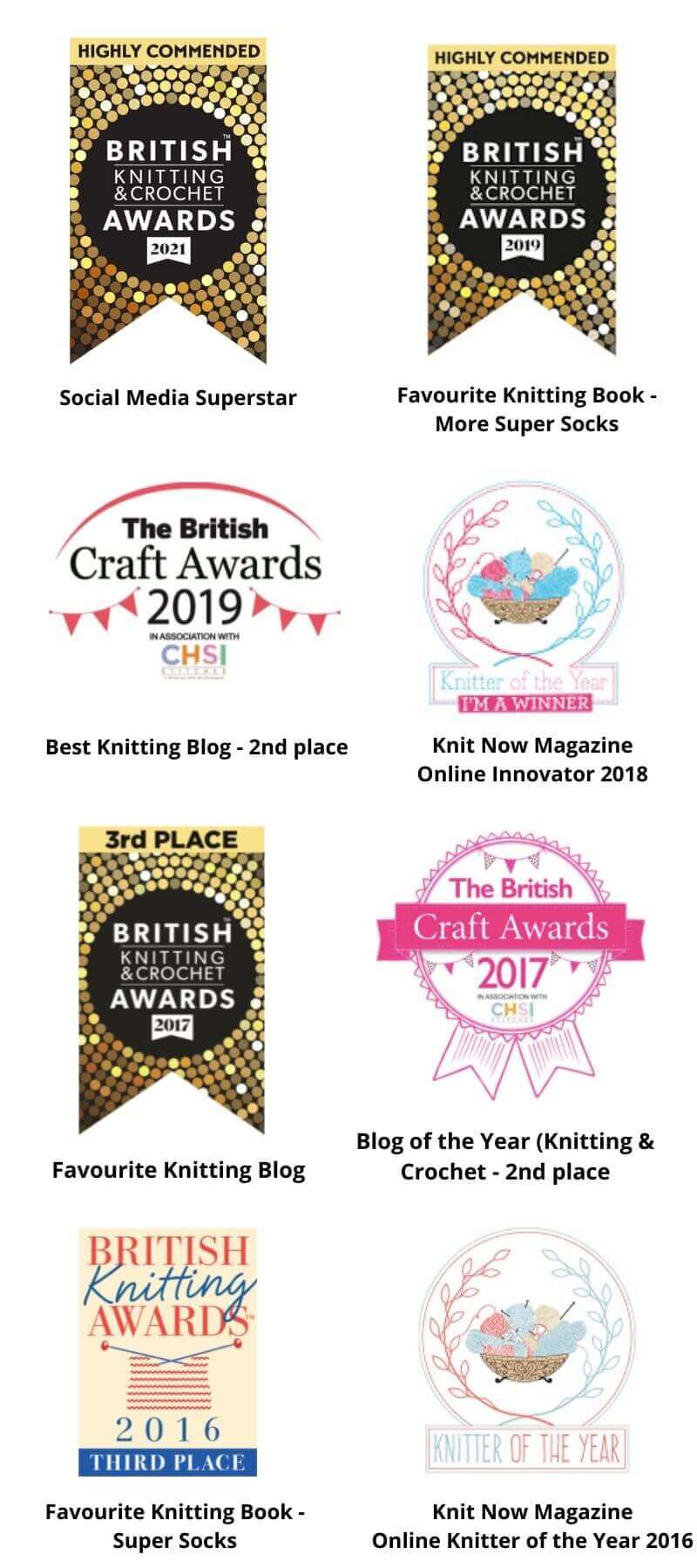

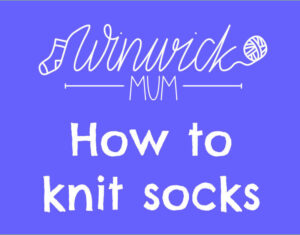


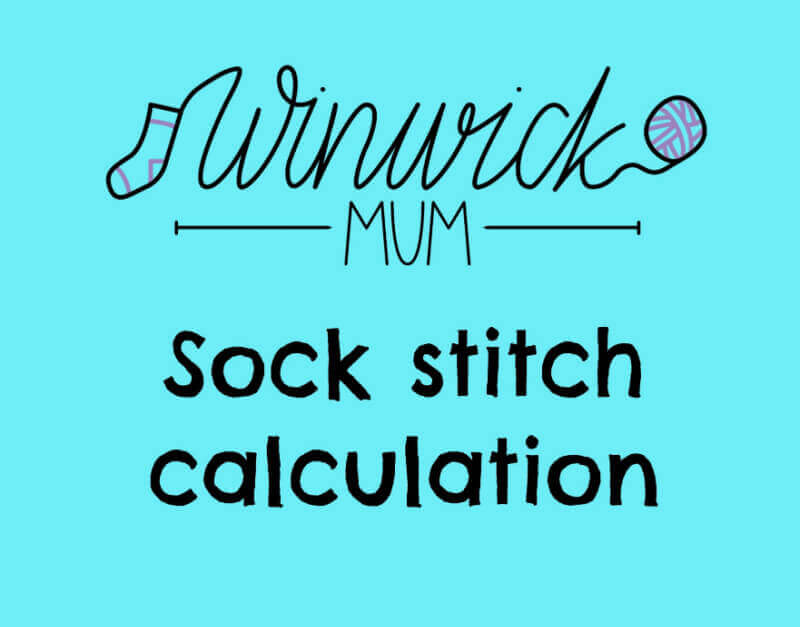
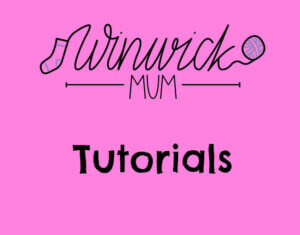




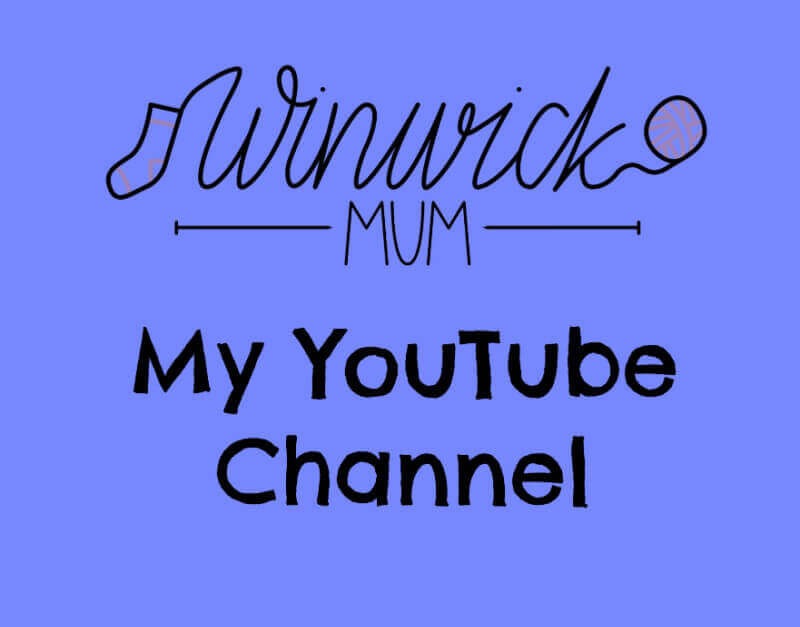
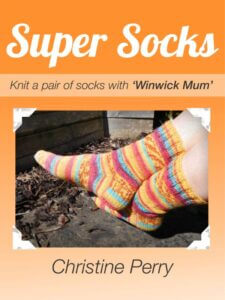
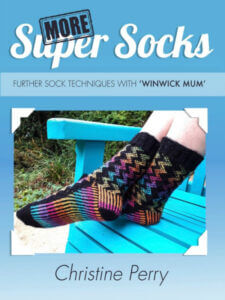


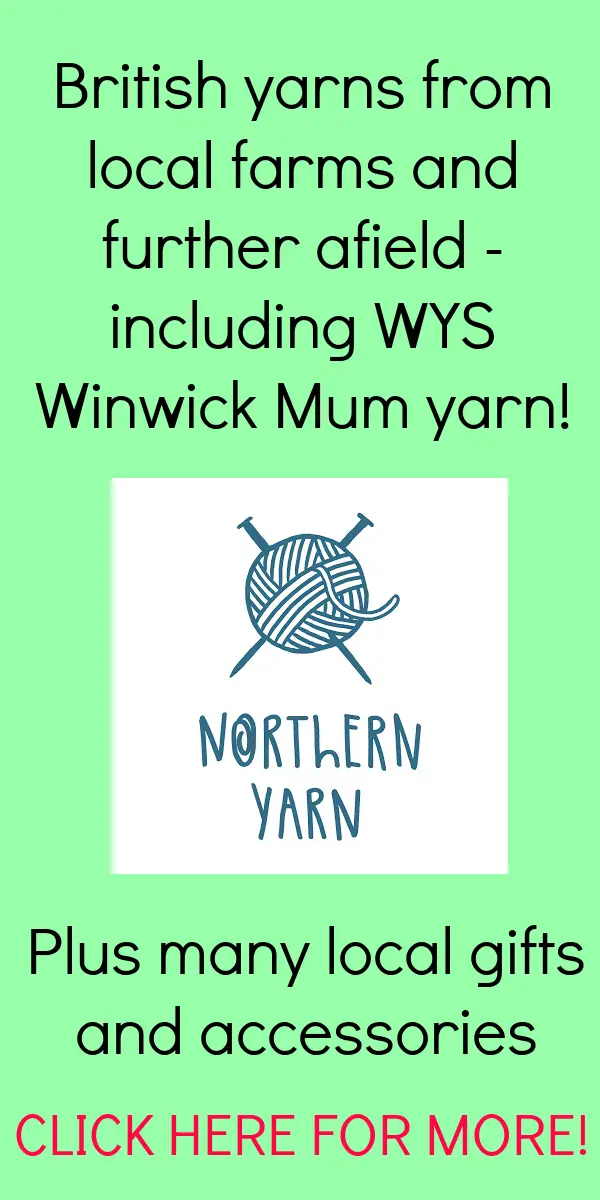

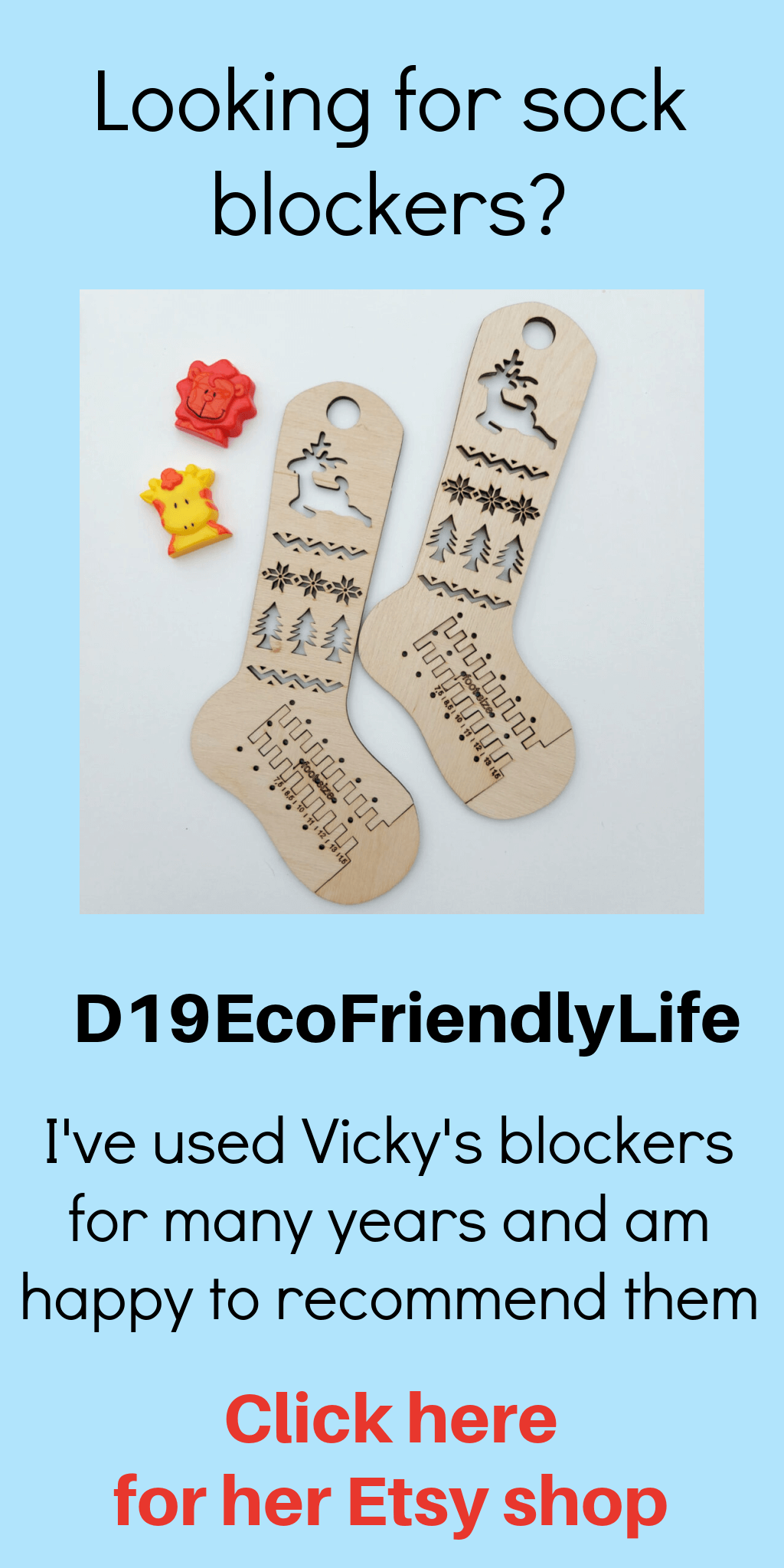

Wow, Christine! This is fascinating on how you do the swatch. I've never seen that before. There is so much great information here that I plan on using when I start my next pair of socks! Have a wonderful week 🙂 hugs, Pat
Thanks, Pat, I'm glad it was helpful! Hope you have a wonderful week too! xx
Thank you for all the info. Your sockalong may be the thing that actually gets me knitting socks rather than just thinking about it! Love your blog, it's refreshing to read 'normal life' blogs.
Do you knit continental or English style with your short circular?
Thank you for your lovely comments, Elaine, it's great to see you and I'm looking forward to seeing your socks! 😉 I knit English style with any of my needles; I have tried knitting continental style – I've seen how fast some knitters can go and I like the look of that – it's no wonder they can produce so many pairs of socks! However, I found that because it was a new technique I was even slower than knitting my usual English style and I was impatient to get finished. I really must try it again and stick with it this time – I'm sure by the time I reached the end of a pair of socks I'd be quite a bit faster! What's your style? xx
English, although I did try Continental when knitting a fairisle jumper so I could hold one colour in each hand. Can't get the hang of purling though!
I've watched a few videos on Continental purling and I can see how it works, but my hands don't want to do it at any kind of speed that would be of any use to me! You have inspired me to give it another go, though! xx
Have you tried it? I switched as a teenager when my German penfriend asked me why I knit so funny! It felt funny at first but it’s so much easier – the only time I knit English-style now is like Unknown when I’m doing colour work.
Yes, I can do it now (this is an old post!) although I don’t use it very often. I use both hands for colourwork, though, and it’s much easier 🙂 xx
Haha your "no don't sigh" comment made me laugh, that's exactly what I did, sigh lol
Ha ha, I spoke to another lady today who's going to join in with the sockalong; we were discussing needles and I told her that she should really do a tension square – and she sighed too! You know you'll thank me when your socks fit perfectly 🙂 xx
Ok this is new to me and soooo exciting…
There'll be no stopping you now 😉 xx
I'm really enjoying my swatch. It's ages since I knitted anything as I've been seduced by Lucy's gorgeous creations at Attic24. Bit of simple knitting in front of the World Snooker Semis – heaven.
Socks are wonderful for TV knitting – as long as they don't have a complicated pattern that is! I'm easily seduced by Lucy's blankets too – I've got yarn shouting to me from a cupboard but it's all about the socks at the moment! xx
Hi there, do I need to worry about the number of rows in my swatch as long as the number of stitches is accurate? I'm not terribly fond of swatching, can you tell!
Hi Lokkette, as long as you can do the maths to work out the number of rows you would have in a 10x10cm or 4x4inch square, then you don't have to do all the rows. Swatching isn't my favourite thing to do either so I very rarely make the whole square. As long as you've got enough to measure then you'll be fine xx
What should I do if the yarn I bought doesn't list gauge info? It's from a really small company I guess, so it doesn't have that info. Should I cast on 60 and then try and stretch it around my leg to see if it will work?
I would just do a tension square, Zoe, so that you can find out how many stitches per inch the yarn knits up to. I'd use 2.5mm needles and expect to get 7-8 stitches per inch if it's 4ply. Use the method above to knit in the round on a straight needle as it's faster – you don't need to do a huge square, just enough to be able to measure an inch or so of the fabric. Then you can do the stitch calculation to work out how many stitches will be perfect for your sock. Don't forget to take off 10% for negative ease and work to a multiple of 4. Hope that helps! xx
Have some 2.50 dpns just bought 2.50 30 cms circulars on ebay. Have yarn ( bought years ago…lol ) there is nothing on the paper tag just knits to 4 ply. Dont think I have ever done a tension square but seeing your one what a fab way to do it!. have never ever knitted socks have been wanting to for ages.. Seeing Lucy's I just had to make some, seeing as it was through her blog that taught me to crochet! anyhoo my yarn is just a plain pink 75% wool 25% polymide. Im not at all good with numbers ( really really bad! ) so I will probably be asking for help on the numbers. I have asked to join the FB group though. You do make me giggle a bit when you say its easy as it dont look it..lol though I say that its easy to crochet to a friend who does'nt it all takes practice.. Loved the tiny knitted socks too. Thank you for sharing your knowledge and having patience with us newbies! x
I think you're going to surprise yourself with how easy you find your socks, Jill. There will always be loads of help in the group thanks to the magic of time zones – always someone around! – and we always love to see progress pictures. Don't worry too much about not having a gauge on your yarn, just work from the number of stitches per inch when you do your tension swatch and it will be fine 🙂 xx
Good Day! I bookmarked your sock knitting information OVER A YEAR AGO…but now I am ready to try. I bought the sock yard…it gets 28 stitches (vs your 30) per 10 cm. I've got a circular needle on a 12 inch/30 cm cable. I'm using size 2 (the next size I've got is 3). I write because just casting on is making me crazy! I have the method down but I seem to keep splitting the yarn. Could this be because I'm holding/pulling the yarn too tight? I worry that if I loosen up then the whole thing will be a loose mess (mind you, all I'm trying to do right now is the swatch! lol).
Thank you for your help.
Hi! Well done for finally taking the plunge! Yes, I think you might be pulling your yarn a bit tight if it's splitting, so take a deep breath, pull your shoulders back down from around your ears, loosen that Knitter's Death Grip on your needles and relax! If you're only working on your swatch you're going to be pulling out anyway so nothing is spoilt, and it's entirely likely that your tension will change during the process of knitting your sock anyway as you get more comfortable with your needle. It's what makes your sock unique! 🙂 xx
Thanks for replying! I'm certainly tense and tend to hold things too tight, so I am trying desperately to relax (easier said than done). I wanted to ask you…I put the 60 stitches on my needle and rather than starting with k2,p2 for the first two rows, I started with the first row as just knit, followed by the k2, p2. I hope this doesn't create a problem? Also, won't I have to sort of "stitch" the first two rows together with my tail end that is there when I'm done since it is after that point that I've transferred the job to circulars? That's what it seems to me.
There's no reason why you can't do the first round as knit before you start your rib but it might roll over – some people like this effect and it also makes the cast on edge looser if you're not comfortable with tighter things around your ankles (I deliberately make my uncle's socks in this way as he prefers them like that). Yes, there will be a gap as you transfer to the circular but you can sew this up with your tail end later – I suggest working this way as it's easier than trying to join your stitches straight from casting on as there's more risk of them twisting (and an increased risk of frustration! 🙂 ) xx
I've just found your sock along posts and am very excited to start. The information in the yarn and needle posts were very helpful and make me feel this is doable. Thanks for taking the time to write this all out and share it!
You're very welcome, Heidi! It certainly is do-able so just take your time and shout if you get stuck (don't forget our lovely Facebook group for help too!) 🙂 xx
Do you have to wash and block the swatch or is it OK to figure out the tension from the stitches off the needle?
I never do – I just count the stitches on the needle as I knit the swatch and it always works out fine 🙂 xx
Thank you … that makes life easier ☺
If I'm using dpns instead of circulars should I just knit a stockinet stitch?
Because you're working in the round, you just knit plain and it comes out as stockinette stitch, Pete. There's no purl required apart from on the cuffs and the heels. If you have a look at the Week 1 tutorial for cast on and leg, it'll all become clear! You'll need to scroll down the page a bit to find the DPN instructions 🙂
Hi, can you tell me why the safety pin. I have read through but must be missing it. Have just found your sockalong and bought pattern. Haven't started yet but love reading your blog. I'm in Brisbane in Queensland Australia. Thanks again jenny
Hi Jenny, I only use the safety pin if I'm using the long circular (magic loop) method as it shows you which is the front and which is the back of your sock so that you can make sure you complete the whole round. It's easy to forget if you get distracted! Hope that helps! xx
Hi Winwick Mum,
I found your blog and sock a long via Ravelry.
I'm in South Africa and I have just bought my first sets of circulars and dpns and some 4ply wool as I'm wanting to make my very first pair of socks.
I've done the swatch for the wool I bought (band says 27 sts and 36 rows is a 10×10 cm [4in x 4in] square), however my swatch turns out to be 32stitches and 40 rows to get the same effect.
My question is "do I just use my swatch workings or do I rather go up a needle or two size to figure out how many stitches for my socks?" My foot circumference is 8 and 1/4 inches round the ball of my foot.
I did buy 2.5 DPN and a 2.5 80cm circular (couldn't find a shorter one where I am).
the make of wool is by Elle and is natural cotton which is what I can wear and work with (severe allergies to manmade fibres like acrylic wool is the reason for this). Elle is a make here in South Africa.
Hope to hear from you soon.
Thanks for your generosity an easy to understand tutorials.
Lisa
Hi Lisa, it's lovely to see you! Your swatch sounds just right – you're looking to get 7-8 stitches per inch on 2.5mm needles and you've got 8 stitches based on what your swatch has measured up as. I would assume that your foot measurement is 8" x 8 stitches per inch = 64, take off 10% for negative ease (call it 6) and you're left with 56. This is divisible by 4 so you could use that number or you could use 60 instead if you preferred – you can try your sock on as you go so you'll know quite quickly if it's the right size or not. Hope that helps, and good luck with your socks! xx
Thank you very much…. I will try with the 56 sts cast on and I'm also going to try with the circular needles magic loop method. I don't think I can manage using the DPN's yet except for the cast on stitches.
Do you do the first two rib rows on the dpn's ( I think that is how I'm understanding your pattern instructions)?
Yes, it's easier to join into the round if you do that as the stitches are less likely to twist. Once you've got the hang of it you can join into the round straight away if you prefer to do that, but it's worth doing it this way at first so that you can see how it works 🙂 xx
I'm joining in to make my first pair of socks, but I plan to use a larger yarn, Caron Simply Soft for this practice pair. It calls for 8 needles, but I'm presently working on a small square with sz4 and its given me 6inches per inch. It is stretcy. My ball measures almost a 9. So I'm thinking I'd add 48 stitches to my needle to begin. But is even a 4 too large, should I go down to a three? This pair will just be a comfy, around the house socks.. thought it would be easier working with a larger yarn on my first pair. Any thoughts on my stitches as to the amount i should put on my needles. Thanks.
What's the fabric like with your needles, Jeanne? Caron Simply Soft is an aran yarn so it will be quite a lot thicker than 4ply and you don't want your fabric to be too stiff. I generally use needles that are about one size smaller than what's suggested on the ball band so definitely work enough of your tension square so that you can tell if the fabric is one that you're happy with. If you have a look in the free patterns section (yellow picture on the top right hand of this page) then you'll find a pattern for DK (8ply) socks which also works with the Sockalong tutorials but is written for thicker yarn so it will give you some idea of the numbers that you'll be working with. DK works out usually at about 5-6 stitches per inch on 3.5mm needles which makes me think that you might need a bigger size, but you'll know from looking at your work. Hope that helps! xx
I am wanting to know how many stiches to put on each needle when starting the heel. I have 57 stiches. Thanks
Have you lost some stitches along the way or did you start off with 57 sts? The heel flap is half the number of stitches that you cast on so it's always easiest to work with an even number. If you're using the Sockalong pattern, it's written for 60 sts so the assumption is that your heel flap with be worked over 30 sts and you'll be able to follow the instructions as written for your heel turn. If you've lost 3 sts along the way, it's worth trying to find them so that you'll know you won't end up with a hole. If you started off with 56 sts and you've gained one, you can do an extra decrease to get back to 56 sts, and your heel turn set up row will be slip 1, P15, P2tog, P1, turn. Hope that helps! xx
Hello – I’m new here ! I’m just starting my first pair of socks, following the Basic socks, by Winwick Mum. I have size 6 shoes (sometimes 6.5) but the widest part of my foot, around the bottom heel and top, will be just over 12 inches. I’m a bit worried that I won’t be able to get the sock on, so how can I remedy this please ? Thanks. Sue.
I am really stuck. I’m looking at the 8 ply Regia Igloo pattern and it is for a medium sock. For larger, I am to add 4 stitches. That doesn’t help me. How much larger will it be, because how big is medium? I want to make size 12 men’s socks so it would really help me to know whether to add 4 or 8 or 12 or what. How many stitches do I need for size 12 in Regia Iglu, using that pattern? Sorry.
Hello! I wrote this tutorial a long time ago and I’ve updated the pattern since but obviously haven’t changed the wording on the tutorial so thanks for letting me know! OK, let’s see if this helps 🙂 The pattern as it is written will fit a ball of the foot circumference of 8″. Hand knit sock size is based on foot circumference and not length so ideally, to make your size 12 socks you will need to know the ball of the foot size of the intended wearer. Then you can use the Sock Stitch Calculation to work out exactly how many stitches you’ll need to cast on. Because you always work with a number of stitches divisible by 4 to make it easier to work out decreases, you’ll increase the number of stitches by 4 to make the sock the right size. Does that make sense? If you have a look at the video that goes with the Sock Stitch Calculation it should help, and you can always give me a shout if you’re still stuck.
You can also use the Sockalong tutorials to help you if you’re new to socks, you will just work with the numbers on the DK pattern.
I don’t know if you can still get Regia Iglu but if not, have a look at the Novita DK yarns at Snufflebean Yarn as that’s a really good alternative. You can get 10% off with the code WINWICKMUM (this is an affiliate code but there’s no obligation to buy there, it just gives you a starting point if you’re looking around for yarn) 🙂 xx
Wow this was the MOST helpful breakdown of knitting math and stitch calculations. Thank you so much for making it so easy.
Oh that’s lovely to hear, thank you! I’m really glad it was helpful! 🙂 xx
Hello! A few questions! 🙂
1) I’m working on my tension swatch. I’m using Cascade Heritage 4-ply fingering weight. I cast on 35 sts on US size 1.5 needles, and have now knitted about 1.5 inches and I seem to consistently be getting 7 sts/inch. Is this swatch big enough?
2) If it is, then I guess I need to try smaller size needles to increase the sts/inch. Can I just switch to the smaller needles and keep going on this same swatch, without needing to start all over again? I’m thinking I could mark where I change needle size, and maybe go for another 1.5 inches and see what tension I get with smaller needles. Does that sound ok?
3) Would you suggest going down just one size, to US size 1 needles, or should I jump 2 sizes to US size 0? Also, am I aiming for 7.5 sts/inch or 8 sts/inch? That wasn’t clear to me.
Thank you so much for your help!
Hi Jaya, thanks for your message! I think that the swatch that you’ve made sounds good, and I would say that the needles you’re using are OK too. When you come to knit your socks, especially if you haven’t knitted socks in the round before, you’ll find that your tension will alter slightly as you get used to the yarn and the needles. Ordinarily, I would say that 7sts per inch is going to be a bit loose but I think it will work out more like 7.5 when you get going which is just right. The industry standard tension is 7.5sts per 4 inches but 8sts per inch is fine; some people are happy to knit at 9sts per inch and their socks work out fine too! I would make a start on your socks, see how the fabric looks (firm but not too stiff is what you’re aiming for) and if you’re happy with it, then stick with the needles you have. Getting the size right can feel a bit overwhelming with your first pair but give it a go, try your sock on as soon as you can and if you’re not happy with it, you can adjust it – the best thing about hand knit socks is that you can always adjust, even if you start again, and the experience is never wasted! Hope that helps! 🙂 xx
Hi, Christine! Thanks for your reply! You wrote that the tension when I’m knitting the actual sock may be different than what I got for my swatch. But then how do I calculate the number of stitches to cast on, if I’m not sure what the tension will be? Which number do I plug into the formula – the actual number of stitches per inch I’m getting on my swatch (7), or the number of stitches per inch you’re guessing I might get when I actually knit the sock (7.5)? (My foot circumference is 8.75 inches).
Hi Jaya, you said that you are consistently getting 7sts per inch with the needles you have so I would use that for your calculation. That means you would use 8.75 x 7 = 61.25 (I would probably round this down to 61), then take off 10% which gives you 55.125 (or 54.9 if you round down). It’s easiest to work with a number that is divisible by 4 and the closest to 55 is 56. This is where it comes down to a bit of guesswork as you could choose to use 56sts or go up to 60sts. For an 8.5cm foot, I’d personally be using 60 or 64sts so I would think that 56sts might be a bit small for your 8.75cm foot, and what I meant by the tension changing is that once you settle into your rhythm, your stitches per inch can change as your hands relax and you don’t grip the yarn and needles quite so tightly (a REALLY common thing for beginners to do, I call it Newbie Knitters’ Death Grip 🙂 ). It’s entirely possible that by the end of your second sock, you could be knitting at 7.5sts per inch. What does this do to your figures? Not a massive amount, actually, so don’t overthink this part … 8.75 x 7.5 = 65.6 which is only 4 sts different so by the time you’ve taken off your 10% you’ve got 59.06 … you’d be looking at 60 or 64sts depending on preference. You could easily choose to knit 60sts and whether you knitted at 7sts or 7.5sts per inch, your socks should fit. You might later think that you preferred a different fit so could experiment with 56 or 64sts, but for a first pair, 60sts based on your figures would be a reasonable estimate for the best fit. I hope that helps! 🙂 xx
That totally helped! That was awesome! Thank you, Christina!
You’re very welcome 🙂 xx
Hi! I am using your calculation to adjust a pattern for a cardigan and wonder whether your adjustment for negative ease only applies to socks or to all knitting generally.
Btw love your sock tutorials and patterns!
Ooh, I wouldn’t like to say for certain but I know that you do apply negative ease to other projects to adapt the fit so it’s likely that it’s the same. There seem to be plenty of articles on the internet about ease for other projects (like this one) so it might be worth double checking with some of those to make sure 🙂 xx
thanks for the link. It was really useful. xx
Oh good, I’m really pleased! 🙂 xx
I have knit socks before but am helping new sock knitter and she is very confused with the instructions and we have some questions. In the 4 ply sock pattern on circular needle the gusset instructions don’t seem right. Can someone see about them.
Hello Carol, are you asking about the Basic 4ply Socks pattern?
Hello 🙂 thanks so much for all your amazing patterns and advice. I’ve made a few pairs of socks for myself and am loving it. However, I’m now knitting socks for someone with narrow calves but wider feet – is it ok to cast on 60 stitches and knit the leg like that, then only decrease to 72 when I get to the gusset, so the foot is wider, or will that come out wrong? Sorry if you’ve answered this elsewhere!
Hi! Yes, it’s absolutely fine to adjust the numbers to suit the feet you’re knitting for – that’s one of the joys of hand knits! 🙂 xx
Amazing, thank you so much 🙏☺️
I seem to have been dropped off your regular email Christine
No, you’re still on the mailing list – have you checked your spam folder in case the emails are going in there? The last one that was sent to you was the Treasure Socks pattern one on 4 January xx
Hello Christine. I’m another Christine! Long time knitter but never socks. I’m getting 7.5 sts to the inch with WYS Signature yarn, and my circumference is 9.25 ins, so I’m planning to work with 64 sts. However thanks to my running past I have quite well developed calves, 9.25 at the ankle and 12.5 4 ins above the ankle. I’m thinking that I need to start with more stitches and decrease down to 64 sts at the ankle. What I can’t work out is how much to add on, and what rate of decrease. Can you help?
All the best people are Christines 😉 It sounds like you’ll need to knit socks similar to the ones I make for my daughter’s boyfriend – he has chunky American Footballer calves so I start with the cast on number that will fit his calf (84) and then work that down to the heel flap. I work the heel flap on half the stitches and then I do the decreases from the gusset down to the number for his feet (76). That works for him as his ankles are quite wide as well; I guess you’d have to take a view for your socks. 12.5 x 7.5 = 93.75 minus 10% = 84 (ignoring the numbers after the decimal point) – you could try casting on 80 or even 76 and see what you think; for 80 sts it would mean that your heel flap would be 8sts wider than usual if you kept that number until the heel flap (64sts divided by 2 = 32; 80sts divided by 2 = 40). What do you think?
Hello! I’ve just knitted my first swatch using opal yarn and 2.5 needles. I’m getting 10 stitches per inch and my foot is 9.5 so worked out I need to cast on 88 stitches. But am aware I’m not getting between 7.5/8 stitches per inch but also read your comments about playing with the gauge. My sample feels nice, not stiff so is it ok to carry on with this or do I need to try again but with a bigger needle? Thank you
Hi! 10sts per inch is quite a lot and you’ll find that you’ll go through your yarn more quickly if you knit with that many stitches. I think it’s worth trying another swatch with a bigger needle, and you’ll also find that your tension will change a little as you get going with your sock and you relax into your knitting so you may find that you drop from 10sts per inch with the needle you’re using – but probably not down to 7.5/8sts. Sorry to be a bit late in replying! xx